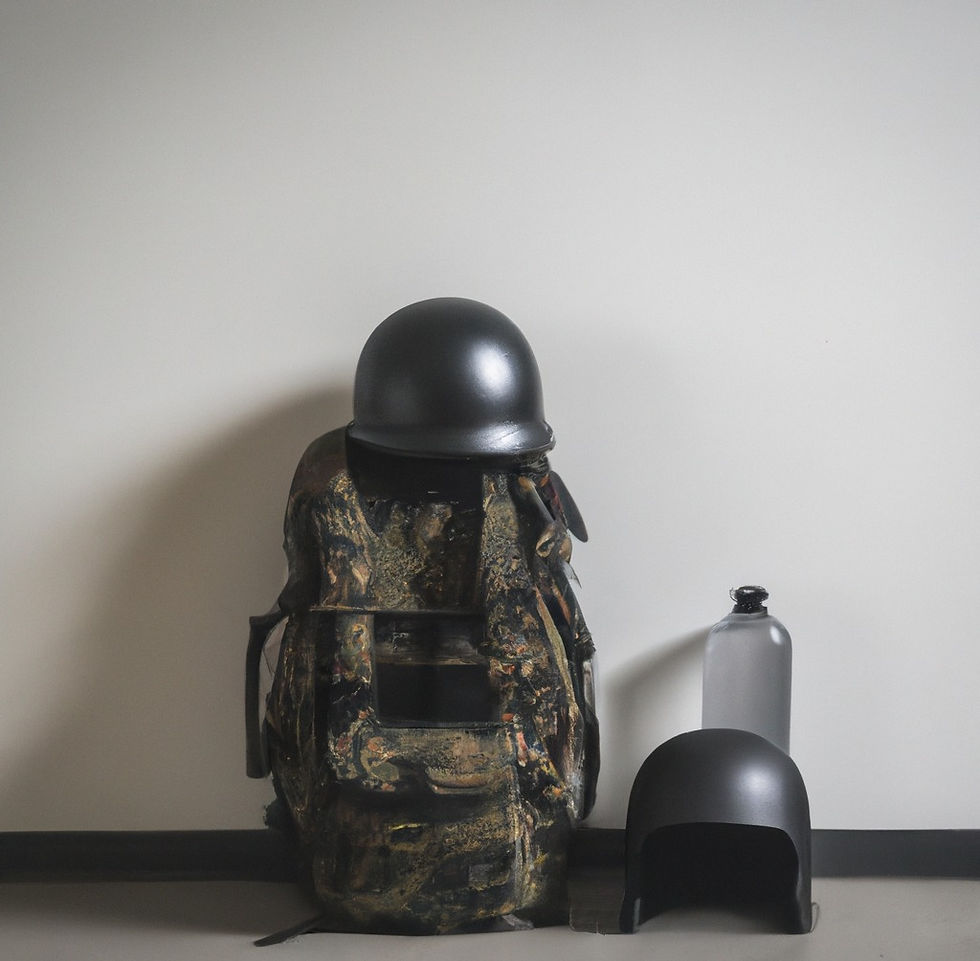
A bug out bag, also known as a go-bag, is a portable kit containing essential items to help you survive during an emergency or disaster. They're designed to be easy to carry and quickly grab when you need to evacuate your home or workplace, but it can be difficult to know what exactly to include and why.
First and foremost, the bag itself is an important consideration. A high-quality backpack with a durable frame and comfortable straps is recommended. It should be large enough to carry all your essential items, but not too heavy that it becomes difficult to carry for extended periods. A backpack with multiple compartments and pockets will also help with organization.
The most critical items to include in your bug out bag are water, food, shelter, and first aid supplies. These items are essential to help you survive for the first 72 hours of an emergency. Here are some examples of essential items to consider:
Water: You should aim to have at least one liter of water per person per day. A water filter or purification tablets will also be useful if you run out of water or need to collect water from a natural source.
Food: Non-perishable, high-calorie foods such as energy bars, nuts, and dried fruit are ideal. Consider including a small portable stove and cooking supplies, but keep in mind the weight and space limitations of your bag.
Shelter: A lightweight tent or tarp, sleeping bag, and emergency blanket will provide shelter and protection from the elements.
First Aid Supplies: A first aid kit with bandages, antiseptic, pain relievers, and any prescription medications should be included. Consider adding additional items such as a tourniquet, Israeli bandage, or a small sewing kit.
Other useful items to consider including in your go-bag are:
Flashlight with extra batteries
Clear alcohol
Duct tape
A notebook and pencil
Multi-tool or Swiss Army knife
Whistle
Compass or GPS
Personal hygiene items (toothbrush, toilet paper, hand sanitizer)
Cash and copies of important documents (passport, ID, insurance, etc.)
Maps of the area and a plan of where to go
Phone chargers
When deciding what to include in your bug out bag, it's essential to strike a balance between necessity and practicality. Adding too many items can weigh you down and make it difficult to move quickly. However, leaving out critical items can put you at risk.
It's also important to regularly inventory and maintain your bug out bag. Ensure that your supplies are up to date, and everything is in good condition. It's recommended to check your bag every six months and replace or update any expired items.
As for storage, it's important to keep your bag in a location that is easily accessible in case of an emergency. A good location would be near an exit or entrance of your home, and should be in a place that is visible and easy to grab.
This is a crucial part of any emergency preparedness plan, and will provide you with the essential items needed to survive in the event of an emergency or disaster. By starting a bug out bag, and including the items mentioned in this article, you'll be better prepared for whatever comes your way. And based on how the past three years have gone, a lot could be coming our way.


Comentários